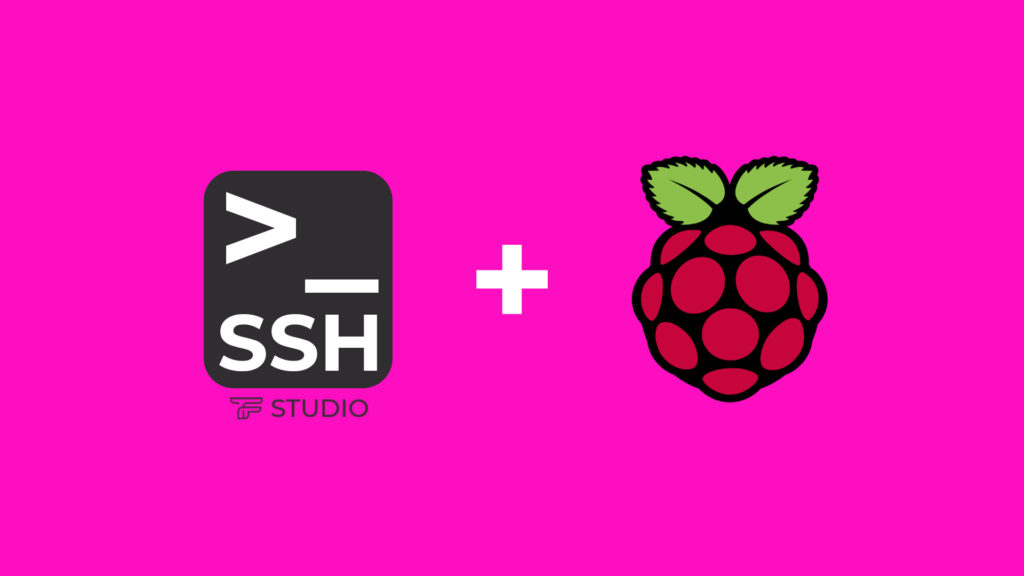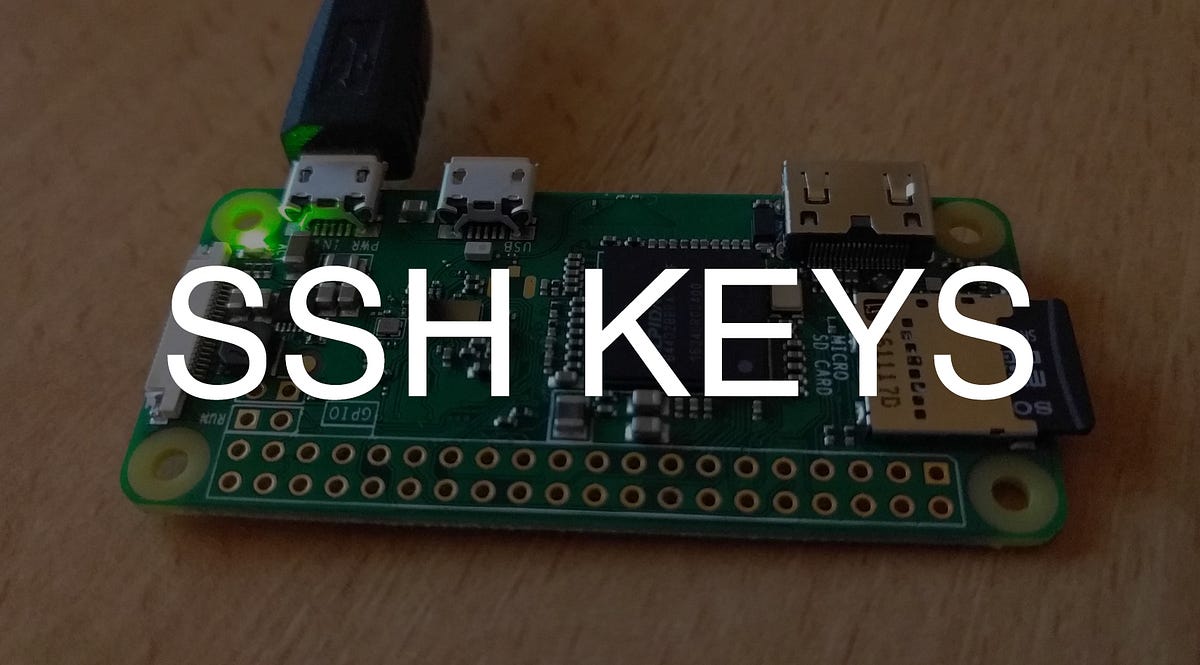Best Ways To Securely Connect Remote IoT P2P SSH Raspberry Pi For Free
Apr 07 2025
Hey there, tech enthusiasts! If you're into the world of DIY tech projects, you're probably already familiar with Raspberry Pi. But did you know that you can also use it to securely connect remote IoT devices using peer-to-peer SSH for free? That’s right, my friend. In this article, we’re diving deep into the best methods to achieve this without breaking the bank. So, buckle up and let’s get started!
Let’s face it—IoT devices are everywhere these days. From smart home gadgets to industrial sensors, the possibilities are endless. But the real question is: How do you make sure your IoT devices are secure when connected remotely? This is where Raspberry Pi comes into play. It’s not just a cute little board; it’s a powerhouse for creating secure connections.
Throughout this article, we’ll cover everything you need to know about securely connecting your IoT devices through P2P SSH using Raspberry Pi. Whether you’re a seasoned pro or a newbie, this guide has got you covered. Let’s make sure your data stays safe while giving you full control over your devices. Now, let’s dig in!
Here’s what we’ll cover in this article:
- Introduction to Secure IoT Connections
- What Makes Raspberry Pi Ideal for IoT
- Understanding P2P SSH and Its Benefits
- Tools You’ll Need to Get Started
- Step-by-Step Setup Guide
- Security Tips for Remote IoT Connections
- Common Issues and How to Fix Them
- Alternatives to P2P SSH
- Cost Analysis: Why It’s Free
- Future Trends in IoT Security
Introduction to Secure IoT Connections
Alright, so let’s talk about the elephant in the room—security. IoT devices are awesome, but they come with their own set of challenges. One of the biggest concerns is ensuring that your devices are secure when connected remotely. This is where P2P SSH comes into play. It’s like giving your devices a virtual handshake that’s super secure and private.
Now, why Raspberry Pi? Well, it’s affordable, versatile, and easy to set up. Plus, it’s open-source, which means you can tweak and customize it to fit your needs. With Raspberry Pi, you can create a secure tunnel for your IoT devices without spending a dime on expensive software or hardware.
So, whether you’re managing a fleet of smart home devices or monitoring industrial equipment, this guide will show you how to do it right. Let’s make sure your IoT setup is as secure as Fort Knox.
What Makes Raspberry Pi Ideal for IoT
Why Choose Raspberry Pi?
Raspberry Pi is more than just a tiny computer; it’s a game-changer for IoT enthusiasts. Here’s why:
- Cost-Effective: You can get a Raspberry Pi for under $50, making it an affordable option for hobbyists and professionals alike.
- Open-Source: The community around Raspberry Pi is huge, which means tons of resources and support are available.
- Customizable: You can install a variety of operating systems and software to tailor it to your specific needs.
- Powerful: Despite its size, Raspberry Pi packs a punch with its processing power and connectivity options.
Key Features of Raspberry Pi for IoT
Here are some of the standout features that make Raspberry Pi perfect for IoT projects:
- Support for multiple communication protocols (Wi-Fi, Bluetooth, Ethernet).
- Compatibility with a wide range of sensors and peripherals.
- Ability to run lightweight server applications.
- Low power consumption, making it ideal for battery-powered devices.
Understanding P2P SSH and Its Benefits
Now, let’s dive into the heart of the matter—P2P SSH. Peer-to-peer SSH is a secure way to connect two devices directly without relying on a central server. This means your data stays private and secure, without the risk of being intercepted by third parties.
Here are some of the benefits of using P2P SSH:
- Encryption: All data transmitted between devices is encrypted, ensuring maximum security.
- Direct Connection: No need for a middleman, which reduces latency and improves performance.
- Cost-Effective: Since you’re not using a paid service, it’s completely free.
- Reliability: P2P SSH connections are stable and can handle various types of data transfers.
Tools You’ll Need to Get Started
Before we jump into the setup process, let’s go over the tools you’ll need:
- Raspberry Pi (any model will do).
- A microSD card with at least 16GB of storage.
- A power supply for your Raspberry Pi.
- An SSH client (like PuTTY for Windows or Terminal for macOS/Linux).
- An Ethernet cable or Wi-Fi adapter (depending on your setup).
Optional tools include a keyboard, mouse, and monitor if you prefer a more hands-on approach. But most of the setup can be done remotely using SSH, so it’s not strictly necessary.
Step-by-Step Setup Guide
Step 1: Install the Operating System
The first step is to install an operating system on your Raspberry Pi. We recommend using Raspberry Pi OS, which is lightweight and easy to set up. You can download it from the official Raspberry Pi website and use a tool like BalenaEtcher to flash it onto your microSD card.
Step 2: Enable SSH
Once the OS is installed, you’ll need to enable SSH. This can be done by creating an empty file called “ssh” in the boot partition of your microSD card. Simple, right?
Step 3: Connect to the Network
Next, connect your Raspberry Pi to your network. You can do this via Ethernet or Wi-Fi. If you’re using Wi-Fi, you’ll need to create a wpa_supplicant.conf file in the boot partition with your network details.
Step 4: Configure P2P SSH
Now comes the fun part—configuring P2P SSH. You’ll need to set up port forwarding on your router to allow incoming connections to your Raspberry Pi. Once that’s done, you can use SSH to connect to your Pi from anywhere in the world.
Security Tips for Remote IoT Connections
Security should always be a top priority when dealing with IoT devices. Here are some tips to keep your setup secure:
- Use strong passwords and enable two-factor authentication whenever possible.
- Regularly update your Raspberry Pi’s software to patch any security vulnerabilities.
- Limit access to your SSH server by using firewall rules to restrict incoming connections.
- Monitor your logs for any suspicious activity and take action immediately if you notice anything unusual.
Common Issues and How to Fix Them
Even the best-laid plans can hit a snag. Here are some common issues you might encounter and how to fix them:
- Can’t Connect via SSH: Make sure SSH is enabled and that your firewall isn’t blocking the connection.
- Slow Connection: Check your network settings and ensure that your Raspberry Pi has a stable internet connection.
- Device Not Responding: Restart your Raspberry Pi and double-check your configuration settings.
Alternatives to P2P SSH
While P2P SSH is a great option, there are other methods you can consider:
- VPN: A virtual private network can provide an extra layer of security for your IoT devices.
- MQTT: Message Queuing Telemetry Transport is a lightweight protocol ideal for IoT communication.
- WebSockets: These allow for real-time communication between devices over the web.
Cost Analysis: Why It’s Free
One of the best things about using Raspberry Pi for IoT projects is that it’s completely free. Sure, you’ll need to invest in the hardware, but once you have that, there are no recurring costs. This makes it an attractive option for anyone looking to build a secure IoT setup without spending a fortune.
Future Trends in IoT Security
The world of IoT is evolving rapidly, and so are the security measures. Here are some trends to watch out for:
- Blockchain: This technology is being explored for securing IoT devices by creating decentralized networks.
- AI-Powered Security: Artificial intelligence is being used to detect and respond to threats in real-time.
- Edge Computing: By processing data closer to the source, edge computing reduces latency and improves security.
Kesimpulan
And there you have it—a comprehensive guide to securely connecting remote IoT devices using P2P SSH with Raspberry Pi for free. Whether you’re a hobbyist or a professional, this setup offers a cost-effective and secure way to manage your IoT devices.
Remember, security is key when it comes to IoT. By following the tips and best practices outlined in this article, you can ensure that your devices remain safe and reliable. Don’t forget to share your experiences in the comments below and check out our other articles for more tech tips and tricks.
Stay secure, stay connected, and keep innovating!


